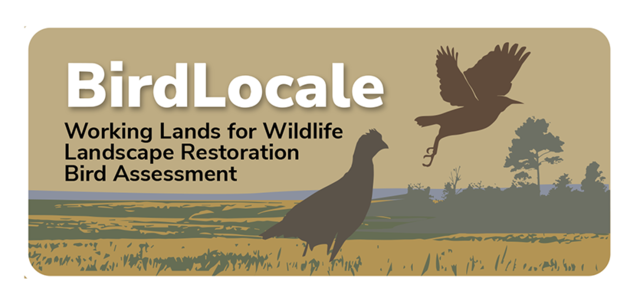Pedoecological Modeling to Guide Forest Restoration using Ecological Site Descriptions
the u.s. department of agriculture (usda)-natural resources conservation service (nrcs) uses an ecological site description (esd) framework to help incorporate interactions between local soil, climate, flora, fauna, and humans into schema for land management decision-making. we demonstrate esd and digital soil mapping tools to (i) estimate potential o horizon carbon (c) stock accumulation from restoring alternative ecological states in high-elevation forests of the central appalachian Mountains in west Virginia (wV), usa, and (ii) map areas in alternative ecological states that can be targeted for restoration. this region was extensively disturbed by clear-cut harvests and related fires during the 1880s through 1930s. we combined spodic soil property maps, recently linked to historic red spruce–eastern hemlock (Picea rubens–Tsuga canadensis) forest communities, with current forest inventories to provide guidance for restoration to a historic reference state. this allowed mapping of alternative hardwood states within areas of the spodic shale uplands conifer forest (scF) ecological site, which is mapped along the regional conifer-hardwood transition of the central appalachian Mountains. Plots examined in these areas suggest that many of the spruce-hemlock dominated stands in wV converted to a hardwood state by historic disturbance have lost at least 10 cm of o horizon thickness, and possibly much more. Based on this 10 cm estimate, we calculate that at least 3.74 to 6.62 tg of c were lost from areas above 880 m elevation in wV due to historic disturbance of o horizons, and that much of these stocks and related ecosystem functions could potentially be restored within 100 yr under focused management, but more practical scenarios would likely require closer to 200 yr.
Publication Date: 2015
Credits: Soil Science Society of America Journal Published October 2, 2015
Fair Use OK
DOWNLOAD FILE — PDF document, 5,308 kB (5,435,995 bytes)























